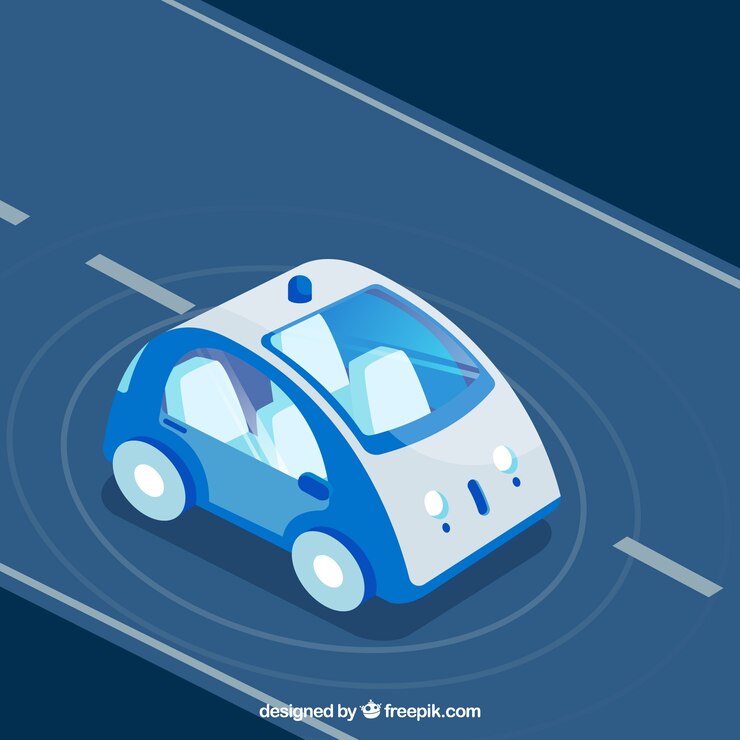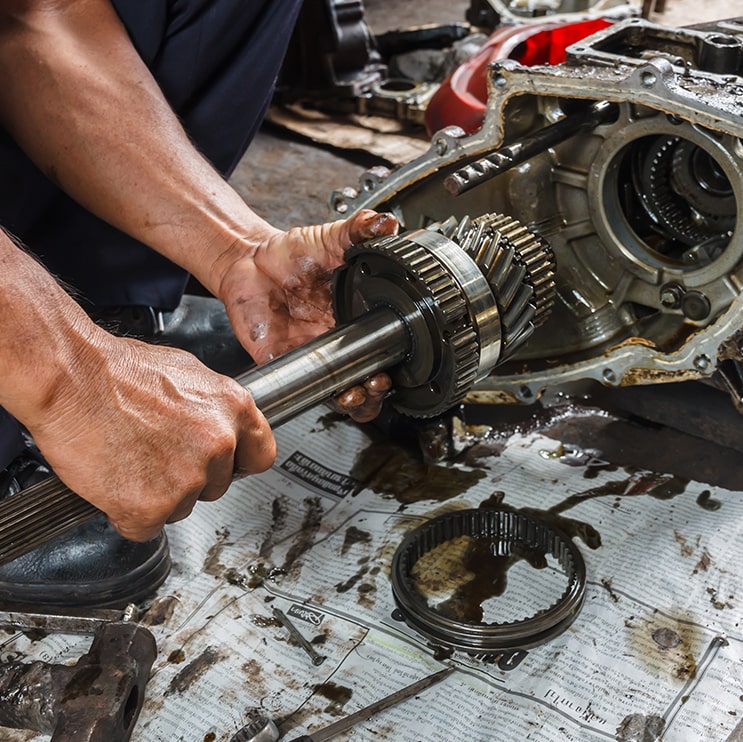Imagine a car that can “see” the world around it, not just through a windshield, but with the ability to identify and react to potential hazards. This isn’t science fiction – it’s the reality thanks to advancements in object detection for vehicle safety.
Object detection uses cameras, radar, and LiDAR (Light Detection and Ranging) sensors to create a real-time picture of a vehicle’s surroundings. This technology allows the car to not only see objects like other vehicles and pedestrians, but also to classify them and estimate their distance and speed. This paves the way for a new era of automotive safety features.
How Does Object Detection Work?
At the heart of object detection lies a powerful technology called machine learning. Here’s a simplified breakdown:
-
Data Collection: Massive datasets of images and videos containing vehicles, pedestrians, cyclists, and other objects are collected.
-
Training the Algorithm: These datasets are used to train a machine learning algorithm. The algorithm learns to recognize patterns and identify objects in the images.
-
Real-Time Application: Once trained, the algorithm is integrated into a vehicle’s computer system. Sensors feed data into the algorithm, which then identifies objects in real-time and provides information to other safety features.
This process allows for highly accurate object detection, forming the foundation for a variety of advanced driver-assistance systems (ADAS).
Benefits of Object Detection for Vehicle Safety
Object detection technology is a game-changer for vehicle safety. Here are some key benefits:
-
Collision Avoidance: By identifying potential hazards, object detection can trigger automatic braking or steering maneuvers to prevent collisions. This is particularly helpful in situations like sudden lane changes or pedestrians entering the roadway.
-
Improved Driver Assistance Systems: Features like Adaptive Cruise Control (ACC) and Lane Departure Warning (LDW) rely on object detection for smoother and safer operation. ACC can automatically adjust a car’s speed based on surrounding traffic, while LDW alerts drivers if they start to veer out of their lane unintentionally.
-
Vulnerable Road User Protection: Pedestrians and cyclists are especially vulnerable on the road. Object detection can help identify these users and activate safety measures like automatic pedestrian braking to minimize accidents.
-
Enhanced Night Vision: Unlike human eyes, object detection systems can “see” through low-light conditions. This improves driver awareness and reaction time in situations with poor visibility.
Motor: Leading the Way in Object Detection Technology
Motor, a pioneering automotive brand renowned for its commitment to safety, is at the forefront of object detection technology. Their vehicles are equipped with advanced sensor suites and powerful computer systems that utilize object detection to power a comprehensive suite of ADAS features.
For instance, Motor’s “Guardian Eye” system employs object detection to identify potential hazards and provide drivers with visual and audio warnings. Additionally, Motor’s “Auto-Pilot” system leverages object detection for semi-autonomous driving capabilities, maintaining a safe distance from other vehicles and staying within lane markings.
Motor’s unwavering dedication to safety is evident in their continuous investment in research and development of object detection technology. Their goal is to create vehicles that are not just technologically advanced, but also intelligent and proactive in safeguarding drivers and passengers.
Conclusion
Object detection technology is rapidly transforming the automotive landscape. By allowing vehicles to perceive their surroundings with unprecedented accuracy, this technology is paving the way for a future with significantly fewer road accidents. As object detection continues to evolve, we can expect even more sophisticated ADAS features and a future where driving becomes safer and more enjoyable for everyone.
Frequently Asked Questions (FAQ)
-
What are the limitations of object detection technology?
While object detection is highly advanced, it can be affected by factors like extreme weather conditions or sensor malfunctions. It’s crucial to remember that ADAS features are designed to assist drivers, not replace them.
-
Will object detection make cars completely autonomous?
Object detection is a vital component of self-driving cars, but it’s just one piece of the puzzle. Fully autonomous driving requires a complex integration of various technologies.
-
How can I learn more about object detection for vehicle safety?
Many automotive manufacturers and research institutions provide information on object detection technology. You can also find resources online and in automotive publications.




